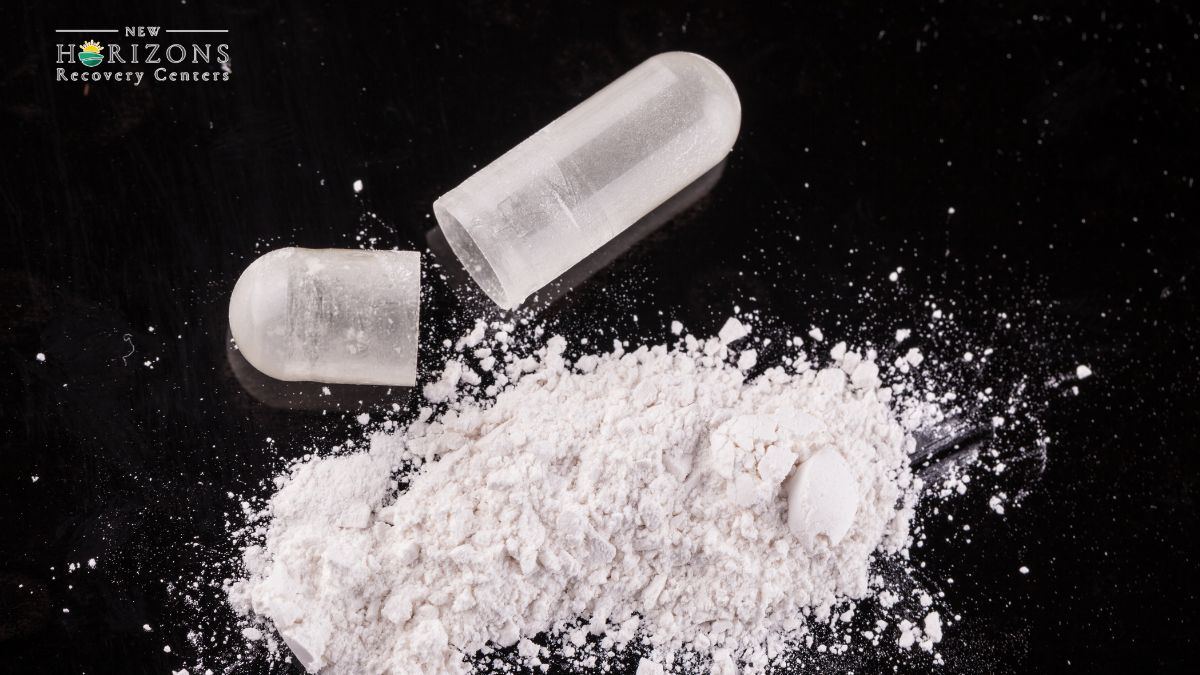When seeking addiction treatment in Ohio, one of the first decisions you’ll likely face is whether to pursue outpatient or inpatient care. Both options offer valuable support for individuals struggling with substance use, but they serve different needs and lifestyles.
Understanding how each works and what kind of person benefits most from each approach can help you or a loved one choose the path that’s right for recovery.

Understanding Inpatient Treatment
Inpatient treatment, also known as residential care, provides a highly structured environment where individuals live on-site at a treatment facility. This level of care is typically recommended for people with severe addiction, those experiencing frequent relapses, or individuals who require detoxification and 24/7 support.
Living in a treatment facility creates a space that’s free of daily distractions and triggers. Clients participate in a full schedule of therapy sessions, group work, medical monitoring, and structured activities.
This intensive setup offers a break from chaotic environments and fosters deep healing, especially during the early stages of recovery.
In Ohio, inpatient treatment programs often include access to trauma-informed care, dual diagnosis treatment for co-occurring mental health disorders, and individualized plans to address unique clinical needs.
These programs are particularly useful for those whose home environments may not be conducive to recovery or for people who need to reset entirely in a secure, therapeutic setting.

What to Expect from Outpatient Treatment
Outpatient addiction treatment in Ohio is designed for individuals who are either stepping down from inpatient care or whose addiction severity does not require 24-hour supervision.
This level of care allows people to live at home while attending scheduled treatment sessions during the week.
Outpatient programs offer flexibility and can fit around work, school, or family responsibilities. They still include evidence-based therapies, but without the need for full-time residency at a center.
This format is ideal for those with strong support systems at home or those in the later stages of recovery who need continued guidance without full isolation.
In cities like Cincinnati, outpatient care may also include Intensive Outpatient Care and Partial Hospitalization Programs. These are more structured than basic outpatient care, offering several hours of treatment per day, multiple days a week, without the need for overnight stays. They serve as a vital bridge between inpatient care and everyday life.
Key Differences Between Inpatient and Outpatient Programs
At a glance, the core differences between inpatient and outpatient addiction treatment revolve around structure, intensity, and living arrangements. Inpatient programs immerse the individual in a recovery-focused environment 24/7, while outpatient programs allow for recovery alongside daily responsibilities.
Inpatient care often offers a stronger buffer from relapse during the early stages, while outpatient programs focus on relapse prevention in real-world contexts.
The decision between the two typically depends on the severity of the addiction, co-occurring mental health conditions, support at home, and prior recovery history.
Outpatient programs may also provide step-down care for those transitioning out of inpatient treatment. These continuum-of-care models are common in Ohio, where treatment centers are increasingly offering PHP and IOP options as part of a personalized approach to long-term recovery.
That said, inpatient programs are especially beneficial for individuals who:
- Have a long history of substance use or repeated relapses
- Lack a safe or supportive home environment
- Require detox and medical supervision
- Struggle with co-occurring mental health disorders
- Need to distance themselves from environmental triggers
This immersive care model gives people a chance to hit pause on the stressors of daily life and focus solely on healing. It also provides time for deep therapeutic work, rebuilding routines, and planning for life after treatment.
Meanwhile, outpatient care may be more appropriate for individuals who:
- Are motivated and stable enough to manage treatment alongside daily life
- Have already completed inpatient care and need follow-up support
- Have work or family commitments that they cannot put on hold
- Live in a stable, substance-free home environment
- Require flexibility in scheduling due to other obligations
For many, outpatient treatment in Ohio represents a way to integrate recovery into daily life. It helps people apply what they’ve learned in therapy to real-life scenarios, which is crucial for long-term success.
Choosing the Right Path Forward
There’s no one-size-fits-all answer when it comes to addiction recovery. What matters most is receiving care that matches your unique needs, history, and goals. In Ohio, both inpatient and outpatient addiction treatment options are designed to meet you where you are in your recovery journey.
Some individuals may start with inpatient treatment to stabilize their health and step down to outpatient care for continued support. Others may begin with outpatient programs and progress at their own pace. A tailored approach that’s guided by experienced professionals makes all the difference.
Personalized Addiction Treatment Care in Ohio
At our center, we understand that recovery isn’t linear. That’s why we offer personalized addiction treatment care in Ohio, providing both inpatient and outpatient options depending on what’s right for you.
From intensive therapy and group support to flexible scheduling and holistic care, we’ll help you build a path toward real, lasting change.
Get in touch with us at New Horizons Recovery Centers to learn how our programs can support your recovery goals. We’re here to listen, guide, and walk with you every step of the way.





-ink.jpeg)
-ink.jpeg)
